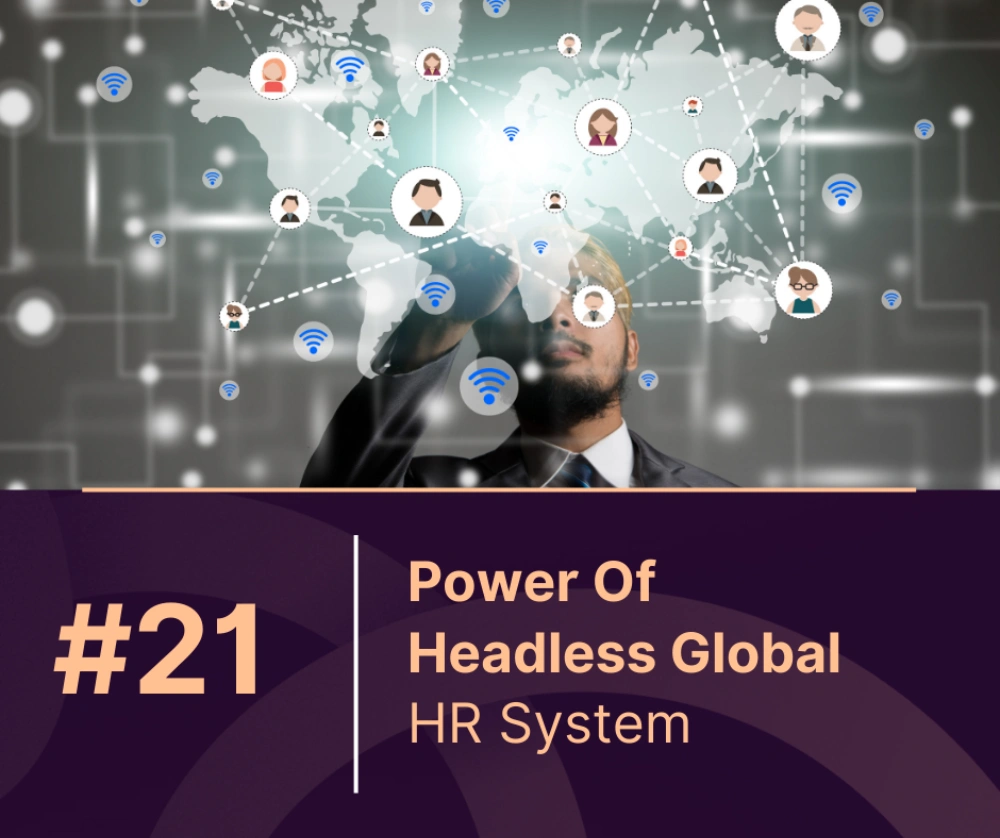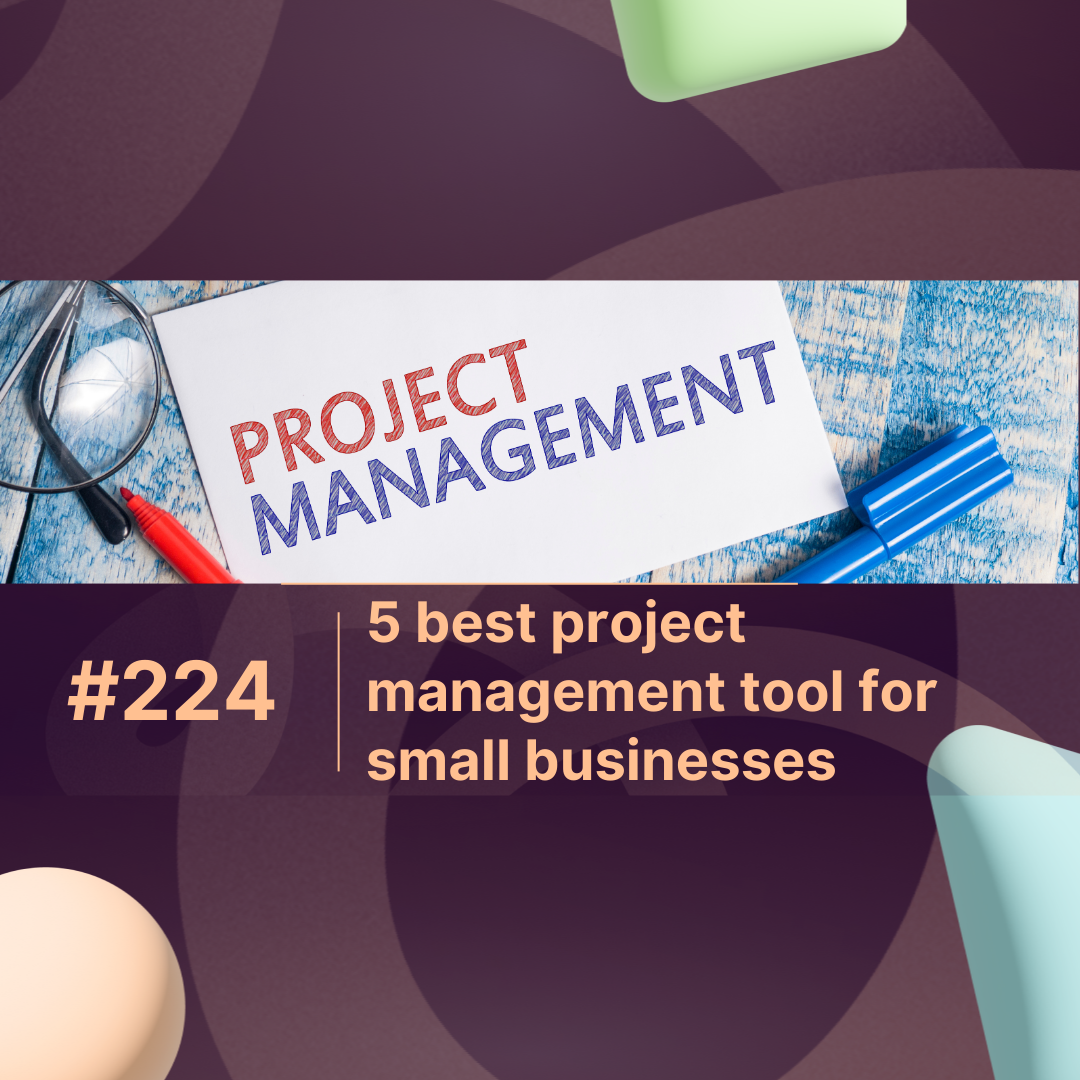A rapidly changing global age means businesses have to constantly reorganize their operations, balance efficiency with flexibility and open themselves up for a future that seems unpredictable. This includes employee data, recruitment and payroll for HR departments as well as legal compliance issues when it comes to tracking elements across regions and jurisdiction. Although traditional HR systems are helpful, they are frequently inadequate concerning the numerous emerging needs of more diverse, global workforces. In this case, the new kid on the block would be headless global HR systems, a disruptive solution that fits in neatly as an interface with other very different technologies.
So if you are curious to learn what a headless HR is and how it can help to redefine your business processes, stay tuned. In this blog, we will be discussing the advantages of headless global HR systems and how they can assist in greater integration as well and why your organization should invest in it.
What is a Headless HR System?
A headless HR system decouples the front-end user interface from the back-end data and functionalities in payroll, recruitment, attendance management etc. In other words, the part that users interact with is called either presentation layer or “head”, and everything else below this like payroll, employee data management and compliance tracking will be referred to as the backend. This design has the ability to connect with various tools, platforms and applications that are required to be integrated by HR departments without having any interface/platform constraints due to vendor lock-in.
On a global scale, headless HR systems are for unparalleled agility. It can handle regional HR requirements for global companies and at the same time centralize key HR functions like employee record management and payroll. The interface can be hard skin around different as per the region but uniformly for backend operations.
Benefits of Headless Global HR Systems
With your headless HR definition under the belt, we can jump right into what sets this solution apart and its primary benefits for global companies.
1. Seamless Integration with Other Systems
Frequent Revenue Market Down turn One of the biggest advantages of headless global HR systems is that they can be integrated with a range of business systems and tools. A headless HR system works well with individual software so if you are using separate applications for time tracking, payroll, performance or recruitment, it integrates seamlessly.
By seamlessly integrating systems, this helps prevent redundancy and data silos ensuring that thousands of pieces of information can be shared effortlessly amongst different departments. If you operate a payroll system in one country and a recruitment system in another, for example, headless HR serves as the link that the two systems can communicate through no more time consuming cuts and pasting or importing/exporting of data between platforms.
2. Adaptability Across Regions
International organizations must navigate region-specific complexities related to labor laws, tax regulations, and benefits for employees. A traditional HR system requires companies to operate multiple instances of the software in order to conform with local laws, which adds complexity and operational overhead.
Headless global HR system: These challenges are obviated with a headless global HR system as companies can customize the platform by region. From payroll compliance in Europe to tax reporting in the United States, a headless HR system can adhere to local nuances but leverage centralized control. This kind of flexibility also makes it easier to manage compliance and minimize the risk of errors, penalties, or audits.
3. Enhanced User Experience
The flexibility of a headless HR system is not limited to integration alone; it also influences the user experience. The individual can design custom front ends specific to their organizational needs unrelated to backend limits when HR departments prepare and execute.
For example, a U.S. based employee may need one layout for dashboards and an employee in Asia would need different but they can access the same centrally managed data. Headless HR systems provide a web-based user experience (and even the ability to do even further customization) that enables employees and managers to better engage with their own data, making it more accessible.
4. Scalability and Future-Proofing
When a business gets bigger, its HR needs also change. Old-school HR systems are often not flexible enough to grow with a fast-growing organization — particularly one which operates in several countries. Scalability A headless HR system ensures businesses the ability to grow in size, add new features, integrate additional systems, or expand into different geographies without having to re-implement its entire HR infrastructure.
In addition, headless systems are designed to be future-proofed. Because of the site’s decoupling between the back-end and front-end, businesses can update or even replace one without affecting the other. Rather, it means that you are not locked into a 3, or 5 year contract which keeps your HR system nimble as new technologies come to the fore or organization requirements change.
Why Global Organizations Need Headless HR Systems
HR departments in particular are left operating in an ever more complex business world made possible by globalization. Companies with employees in multiple countries face numerous challenges like regulatory compliance, cultural and language differences. A traditional HR system may not be able to accommodate the flexibility needed to work through these complexities, but a global headless HR system can provide several key benefits:
- Localized compliance: Headless systems make it easy for companies to comply with the different country regulations and operate in that region without having separate HR systems everywhere.
- Unified data management: By aggregating employee data from all areas, you make sure that your global HR system is serviced with a unique and updated record about each employee decreasing the chances to lose or replicate data.
- Cost efficiency: One HR system in place of numerous region-specific HR platforms lowers operational costs.
- Customization:Customization will also be a key advantage where businesses can create region or department specific easy to use interfaces for an enhanced user experience and minimal employee training time..
Conclusion: Unlocking Seamless Integration
The real power of headless global HR systems lies in the fact that with them, one can have seamless integration and scalability making it important for a global workforce. Businesses can simplify their HR processes, increase compliance, and deliver a more intuitive employee experience by disaggregating the user interface from the back-end operations.
This move was a smart move as it helps us to be Agile and more efficient, having a headless global HR system in this day and era is not just the change of technology ( which comes of importance, outsourcing everything once such company understands local business knows how), but an entire strategic upgrade that would further unlock to unleash the full potential for your Business HR operations. Fairview has this flex, that whether you are dealing with a workforce on board across continents or exploring more ears to expand in; the scale as well as customization supported by headless systems is worth giving a move-on.
Begin considering the capabilities of a headless global HR system now and get your business on the road to integration success.
Questions:
1. What is a headless global HR system?
Answer: A headless global HR system separates the front-end user interface from the back-end data and functionalities. This architecture allows organizations to customize the user experience while maintaining centralized control over HR operations like payroll processing, employee data management, and compliance tracking.
2. How do headless HR systems support seamless integration?
Answer: Headless HR systems can easily integrate with various business tools and platforms, such as payroll, recruitment, and performance management systems. This integration reduces redundancy, minimizes data silos, and ensures that information flows smoothly between different departments, eliminating manual data entry or exporting/importing data between platforms.
3. What are the advantages of using a headless HR system for global organizations?
Answer: Headless HR systems offer several advantages for global organizations, including:
- Localized compliance: They can meet country-specific regulatory requirements without the need for separate HR systems in each region.
- Unified data management: Centralizing employee data ensures consistency and accuracy.
- Cost efficiency: They reduce operational costs by eliminating the need for multiple, region-specific HR platforms.
- Customization: Organizations can create tailored user interfaces for specific regions or departments.
4. How does a headless HR system enhance the user experience?
Answer: Headless HR systems allow HR departments to design custom front-end interfaces tailored to their organization’s unique needs. This means employees in different regions can access the same centralized data while having dashboards and interfaces suited to their specific requirements, enhancing engagement and making it easier to access necessary information.
5. Can headless HR systems scale with growing organizations?
Answer: Yes, headless HR systems are designed to be highly scalable. As businesses grow, they can add new features, integrate additional systems, or expand into new regions without overhauling their entire HR infrastructure. The decoupled nature of headless systems allows for updates or replacements of either component without disrupting the other, ensuring the system remains agile and adaptable.
6. What challenges do global organizations face that headless HR systems can address?
Answer: Global organizations face challenges such as regulatory compliance, cultural differences, and language barriers. Traditional HR systems may struggle to provide the necessary flexibility to manage these complexities. Headless HR systems address these challenges by allowing for localized compliance, unified data management, and customized user experiences tailored to specific regions or departments.
7. Why should organizations consider adopting headless HR systems?
Answer: Organizations should consider adopting headless HR systems because they provide the flexibility, adaptability, and scalability needed to manage a global workforce effectively. By unlocking seamless integration and enhancing the employee experience, headless systems can streamline HR processes and improve compliance, making them a strategic choice for forward-thinking organizations aiming for operational excellence.



